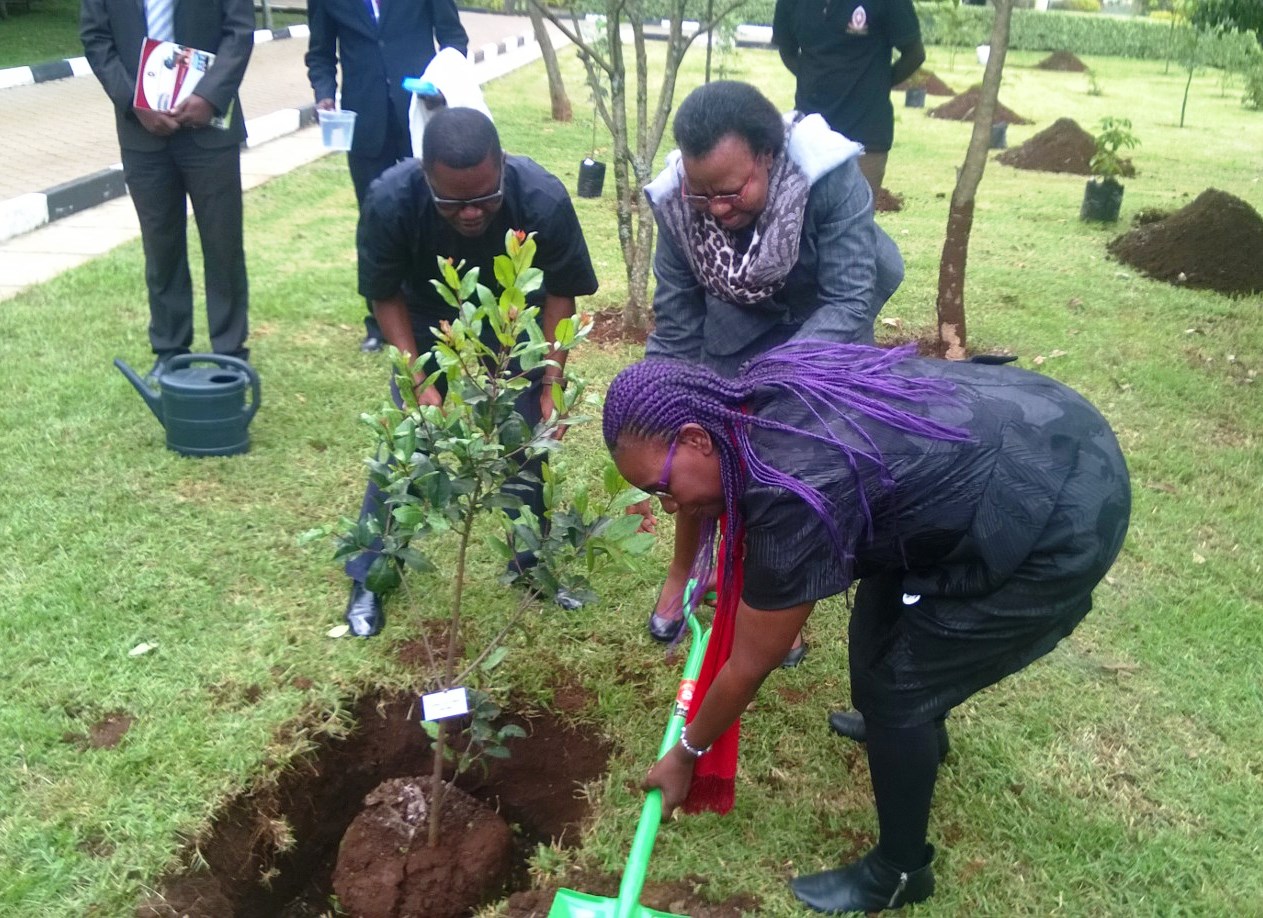Tamar Campaign
This project is designed to address many of the areas of our Women and Gender Programme; indeed, it is the vehicle for much of the work of this Programme. Specifically, the project works primarily with women and young girls who are the survivors of gender violence. But it also addresses male socialization, providing resources to identify the complicity of males in gender violence. Furthermore, the project deals directly with the church, enabling it to become a safe site within which to talk about and deal with gender violence and gender socialization.
This project also addresses directly the link between gender and HIV and AIDS and governance (something the Ujamaa Centre is especially well-equipped to do). The Tamar text is not only a text about gender violence, it is also a text about the failure of family and governmental structures to protect women and about the effects of gender violence on other aspects of life. This project can therefore be used as a way of integrating these related concerns.
The particular power of this project is that it that it can be implemented in almost any context. The project has been adopted in many other regional and continental contexts. With appropriate training and resources the Tamar Campaign has the potential to make a significant impact on the region.
Back to the homepage
WCC group evaluates ecumenical HIV and AIDS response
(source: http://www.oikoumene.org/en/press-centre/news/wcc-group-evaluates-ecumenical-hiv-and-aids-response)
Participants of the EHAIA meeting celebrate ten years of the “Tamar Trees of Hope and Life” initiative by planting trees at the St Paul’s University in Limuru, Kenya. © WCC/Dixon Andiwa

29 June 2015
A World Council of Churches (WCC) group concluded a three-day meeting by acknowledging achievements that have been made in addressing HIV and AIDS.
As the meeting closed on 26 June in Limuru, Kenya, the outgoing chairperson of the International Reference Group (IRG) of the WCC’s Ecumenical HIV and AIDS Initiatives and Advocacy (EHAIA), Astrid Berner Rodoreda, recalled the reticence that surrounded the topic of sexuality in church circles when the group first came together in 2003.
Rodoreda, who is also the HIV senior adviser for the German organization Bread for the World, was accompanied by her successor, Bishop Godson Lawson of Togo and Rev. Dr Nyambura Njoroge, EHAIA programme executive. The group noted that, from the beginning, they realized that, since HIV and AIDS are sexually transmitted infections, the church could not help people cope with the challenges without addressing sexuality, a difficult subject in many churches and taboo in many wider communities.
At the beginning, churches still had a long way to go in addressing not only the subject of sexuality but the even more sensitive topics of lesbian, gay, bisexual, transgender and intersex (LGBTI).
Bishop Lawson, a Methodist minister, noted, however, that when the IRG was established, HIV was low on churches’ agenda, but today, most member churches have set up HIV and AIDS desks.
Rodoreda also commented on the 90-90-90 concept and the current status of the HIV and AIDS pandemic. The concept seeks to have 90 percent of people living with HIV knowing their sero-status by 2020. Out of that percentage, 90 percent should be on treatment by 2020, and out of the latter group, 90 percent should have an undetectable viral load to stop the spread of HIV.
The outgoing EHAIA chairperson said setbacks persist because many countries no longer view HIV and AIDS as an emergency largely because of free anti-retroviral (ARV) programmes. And yet, “a lot of people are being put on treatment, but a lot of them are falling out,” she said.
Part of the problem lay in the much-hyped faith-healing, which makes people on ARVs throw them away on assumption that they are healed, only for them to develop resistance to the virus, for which there is no known cure. “At the moment, we do not have an alternative to ARVs,” she stressed.
Rodoreda commended EHAIA for its initiatives in transformative masculinities, which acknowledge the importance of involving men in ending sexual and gender-based violence.
Bishop Lawson described a youth manual on stigma and discrimination as an important output of EHAIA work. The last session of the meeting was dedicated to adolescents—an important population segment in addressing HIV and AIDS.
This was capped by a public lecture at the St Paul’s University Limuru by Rev. Phumzile Mabizela, executive director of the International Network of Religious Leaders living with AIDS (INERELA+). The title of her lecture was “Adolescents, HIV, Sexual Violence and Sexuality”. (read full text of the public lecture)
Prior to Mabizela’s lecture, the meeting participants and St Paul’s University community officials planted trees in commemoration of the tenth anniversary of Tamar project. The initiative draws its name from the biblical Tamar, who was raped by her half-brother, consigning her to a life of social exclusion.